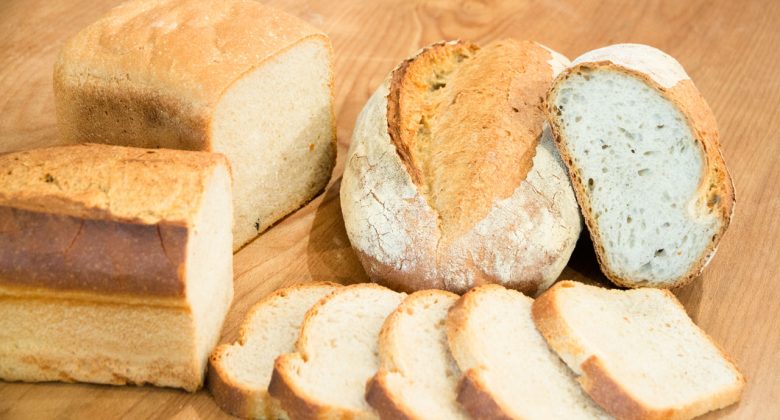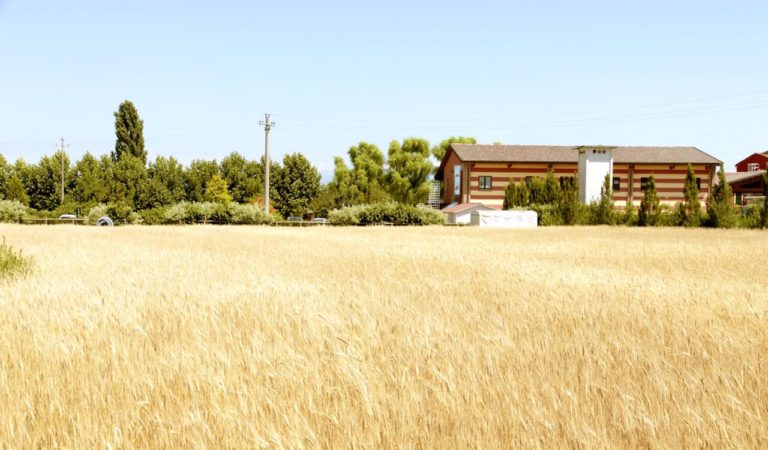Flour, water, yeast and salt are the common basis for almost all the preparations of leavened products in bread making. With just these four ingredients you can make a multitude of products.
Even with the same recipe, changing only the times and processing methods, we can have a high and soft round pizza or a crispy pizza by the slice.
On the basis of these products then, we can add others, such as sugar, eggs, butter, milk, etc., to make desserts such as croissants, brioches, panettone or any other leavened dessert.
In the context of home baking, usually, there are no special needs that lead us to use ingredients other than the basic ones in order to make healthy, good and recognizable bread, as we talked about in a previous article, but there are exceptions and of the cases that lead us to consider the use of the only improver of natural origin that I would recommend: malt.
You have certainly already heard of it, very often in fact we receive questions about its use about the quantities, when to put it, what it is used for, etc. To answer these questions it is necessary to know the raw material in question. Malt is a product derived from the germination of cereals, although the most used is definitely barley, which has proved to be the most suitable for this purpose.
The barley is cleaned, wetted and germinated, after which we proceed with drying and roasting. Simplifying, we can say that depending on how these processes take place, we can have malts with different characteristics that can be summarized in quantity of sugars and quantity of enzymes present in it.
From this we can understand how important the malt can be for the work of the yeasts in our dough, because the yeasts themselves feed on sugars, therefore with greater quantities of the latter we will have a fermentation and consequently a better leavening, but it is also important that these sugars are continuously produced and in this the enzymes come to our aid.
We can therefore schematize that the addition of malt in the dough can help us to:
- speed up fermentation / leavening processes;
- improve the structure of the finished product, thanks to a better leavening;
- improve the color of the finished product, thanks to a greater presence of sugars that can caramelize during cooking;
- best aromas and flavors of the finished product.
The quantities of malt to be used should never exceed 15 g per kg of flour, under penalty of side effects that would lead to problems instead of the aforementioned advantages.
At this point you will ask yourself: “ Why not always use malt, if it brings all these benefits? "
The answer is quite simple, since we have understood that malt tends to speed up all processes involving the yeast. When we find ourselves having to produce bread with a fairly fast process (3-4 hours), adding malt can improve our product, while if we have to make processes that require longer times or the use of the fridge, adding malt would be counterproductive, because we would speed up some processes that we are trying to slow down by using the fridge or putting a little yeast.
Even in cases of indirect doughs, such as with biga and poolish, adding the malt in the second dough helps us to replenish the sugars now consumed in the pre-dough and shorten the time to get to cooking.
In conclusion we can say that malt can be very useful but, like all things, if used wisely and correctly.





